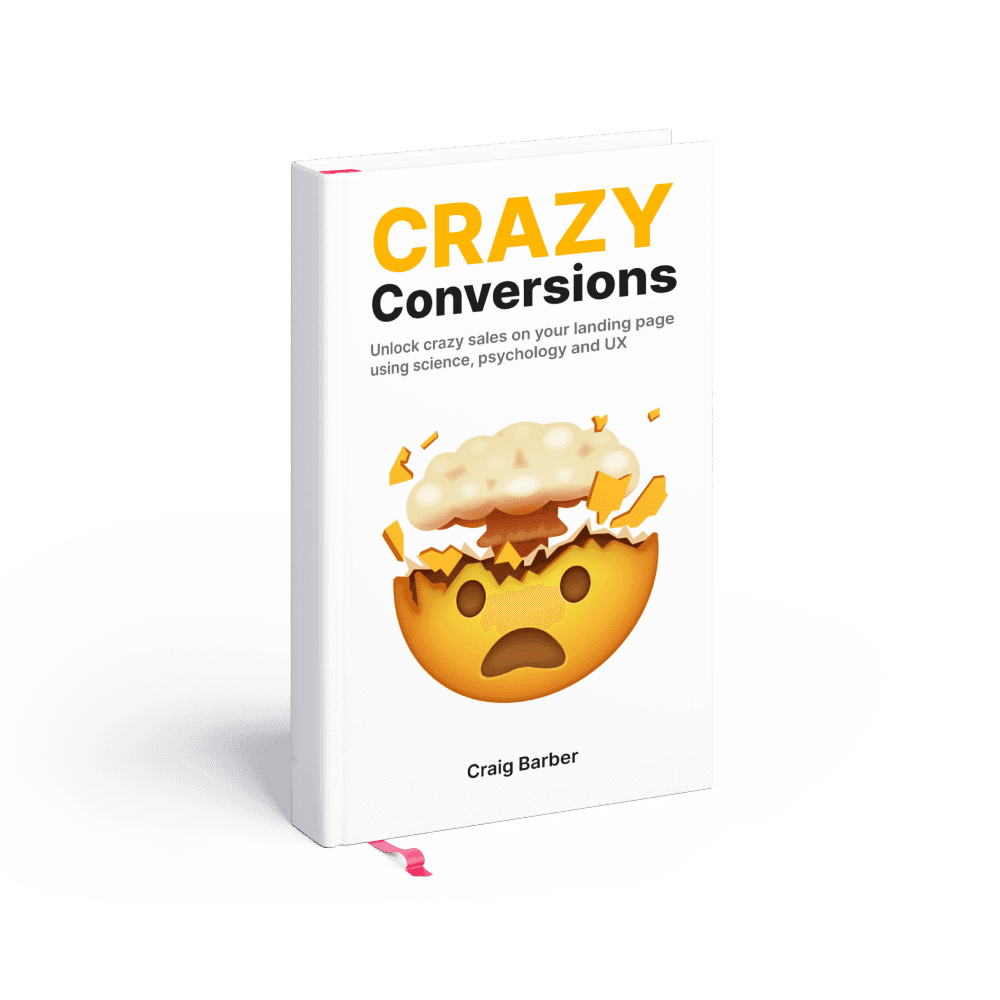The 7 Gestalt Principles Every UX Designer Must Know
Elevate your UX design game by incorporating these powerful 7 Gestalt principles
Welcome to a captivating exploration of the world of Gestalt principles and their application in UX design!
As designers, we constantly strive to create seamless experiences that engage our audience.
Understanding the Gestalt principles can unlock new perspectives and empower us to design experiences that truly resonate with users.
So, let’s dive right in and discover the magic behind these principles and their relevance in UX design.
What are the Gestalt Principles?

The Gestalt Principles are a set of fascinating principles that explain how our minds perceive and organize visual information.
The word “Gestalt” actually comes from German and roughly translates to “shape” or “form.”
These principles originated in the early 20th century from the work of a group of German psychologists who sought to understand how our brains make sense of the world around us.
They discovered that we tend to perceive things as a whole rather than just a collection of individual parts.
The Gestalt Principles describe various phenomena like similarity, proximity, closure, and more, which influence how we perceive objects, patterns, and images.
It’s truly incredible how our brains naturally apply these principles, and they play a significant role in fields like design, psychology, and art.
Now! Let’s get to the principles…
1. The Gestalt Principle of Figure-Ground

Our minds naturally separate objects into foreground (figure) and background (ground).
Applying this principle in UX design involves distinguishing key elements from the background to help users focus on the most important information.
By creating contrast and visual hierarchy, designers can guide users’ attention and enhance the overall clarity of the interface.
Apple uses the Figure-Ground principle:

Video explainer for Figure-Ground:

Objects that share similar visual properties, such as colour, shape, or size, are perceived as belonging to the same group.
By leveraging similarity, designers can establish visual patterns and group related elements together.
This aids users in quickly understanding relationships, organising information, and navigating through the interface effortlessly.
Similarity used in website design:

Video explainer for Similarity:

Elements placed close together are perceived as related.
Utilising the principle of proximity, designers can effectively group related items, creating visual associations that communicate their connection to users.
By arranging elements with appropriate spacing, we can simplify the cognitive load and enable users to grasp information more intuitively.
Proximity used in website navigation design:

Video explainer for Proximity:

When presented with incomplete objects, our minds tend to fill in the missing parts to create a complete and meaningful image.
By strategically using this principle, designers can leverage users’ natural inclination to complete patterns and enhance visual communication.
Employing partial shapes or suggesting missing elements can create a sense of continuity and engage users’ curiosity.
Carousels are an example of the Closure Principle:

Video explainer for Closure:

The Gestalt principle of Common Region, relevant to UX design, states that when elements are enclosed within a shared boundary, users perceive them as a unified group.
This principle helps designers organise and group related elements together visually, enhancing user comprehension and creating a cohesive user experience.
By using common regions, such as grouping similar buttons within a box, designers can facilitate intuitive navigation and improve the overall clarity and organisation of their designs.
An example of Common Region in app design:

Video explainer for Common Region:

Elements moving in the same direction or with a shared fate are perceived as belonging together.
Applying this principle, designers can animate elements in a unified manner to communicate relationships or indicate functionality.
By employing motion and interactive elements thoughtfully, we can enrich the user experience and foster a sense of cohesion.
iPhone app icons are an example of Common Fate principle:

Video explainer for Common Fate:

The Gestalt principle of Connectedness states that visually connected or grouped elements are perceived as a single unit.
In UX design, it helps create intuitive interfaces by visually grouping related elements, establishing hierarchy, aiding navigation, and forming meaningful relationships between data points.
Connectedness being used on a payment flow navigation screen:

Video explainer for Connectedness:
Conclusion
Congratulations! You’ve now journeyed through the realm of the Gestalt principles and their profound impact on modern UX design.
Armed with this knowledge, you possess a powerful toolkit to craft experiences that seamlessly engage and delight users.
Remember to leverage the principles of figure-ground, similarity, proximity, closure, connectedness, common region, and common fate in your design endeavours.
By implementing these principles effectively, you’ll be able to create intuitive interfaces that facilitate user understanding, evoke positive emotions, and leave a lasting impression.
Want more laws and principles of UX design? Check out this post.
Boost sales in 30 days or your money back
Introducing Crazy Conversions, the powerful playbook helping founders unlock sales on their landing page
Boost my sales now $29

5/5 stars on Gumroad





